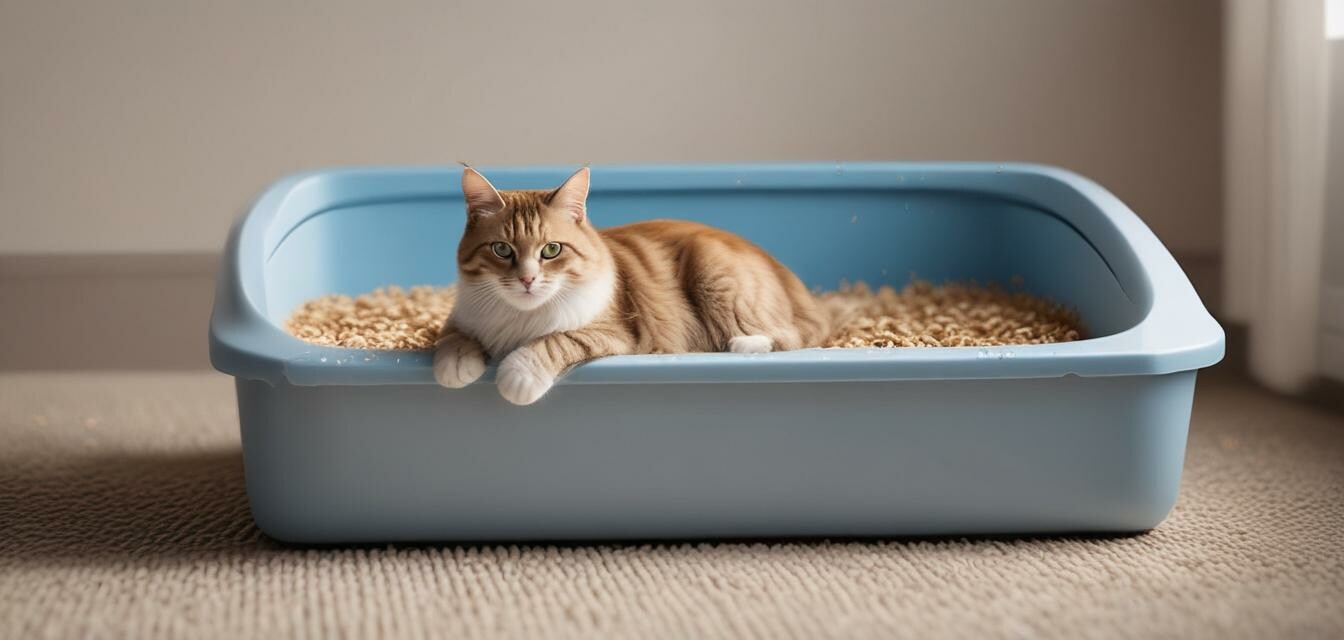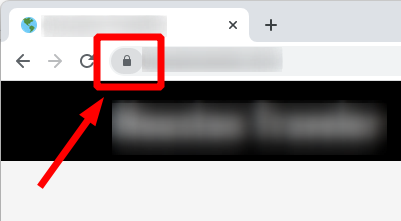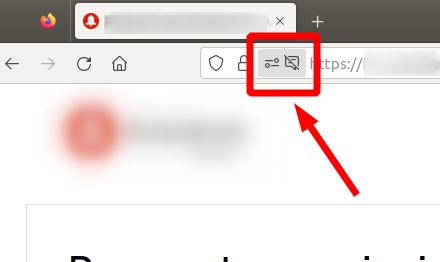
Keeping Your Cat's Litter Area Fresh and Clean
Key Takeaways
- Regular cleaning of the litter box is essential for your cat's health.
- Choosing the right type of litter can make maintenance easier.
- Optimal placement of the litter box contributes to cleanliness and accessibility.
- Monitor your cat's elimination habits for any changes.
- Consider the use of litter box accessories for enhanced freshness.
Maintaining a clean litter box is not just about aesthetics; it's vital for your cat's comfort and health. A foul-smelling or unsanitary litter area can deter your feline friend from using it, leading to undesirable behaviors. In this guide, we’ll explore effective ways to keep your cat's litter area fresh and clean so your pet can continue to feel comfortable in their space.
Importance of a clean litter area
A clean litter box can significantly affect your cat's behavior. Cats are instinctively clean animals, and a dirty litter box can lead them to avoid it entirely. Here are some reasons why maintaining cleanliness is crucial:
- Healthier environment: Reduces the risk of infections and illnesses.
- Better behavior: Cats are more likely to use the box when it's clean.
- Odor control: Prevents unpleasant smells from spreading in your home.
How often should you clean the litter box?
The frequency of cleaning depends on several factors such as the number of cats you own and the type of litter used. Here's a general guideline:
| Number of Cats | Cleaning Frequency |
|---|---|
| 1 Cat | Daily scooping; complete change once a week |
| 2 Cats | At least twice a day; complete change every 5-7 days |
| 3+ Cats | Scoop multiple times daily; complete change at least twice a week |
Tips for easy litter box maintenance
- Use a scoop with a wide area to easily remove clumps.
- Keep the litter box in a quiet and easily accessible area.
- Consider using a liner for easy clean-up.
- Dump and replace litter regularly to maintain optimal cleanliness.
Choosing the right cat litter
The type of litter you choose can greatly affect how easy it is to keep the litter area clean. Here are some common types of cat litter:
| Type | Pros | Cons |
|---|---|---|
| Clay | Absorbent, controls odor well | Dusty, not biodegradable |
| Clumping | Easy to scoop, effective odor control | Can be pricey, not eco-friendly |
| Biodegradable | Environmentally friendly, safe for cats | May not absorb odors as well |
| Crystal | Low dust, longer-lasting | More expensive, may not clump |
Litter box placement
Where you place your litter box is just as important as how often you clean it. The following placements work best for most cats:
- In quiet, private areas away from regular foot traffic.
- Not near the cat's food and water bowls.
- In a spot where your cat feels secure but has easy access.
- Avoid placing multiple boxes in one area; each cat should have their own space.
Tips for beginners
- Start with one litter box for each cat, plus one extra.
- Choose non-scented litter to encourage use.
- Consider an enclosed box if your cat likes privacy.
- Keep the litter level at 2-3 inches for proper digging.
Signs your cat may not be happy with the litter box
It's important to be attentive to your cat's behavior. Here are some signals that they may be upset with their litter box:
- Refusing to use the litter box.
- Eliminating outside the box.
- Excessive scratching or digging in the litter.
- Changes in litter box usage habits.
Conclusion
Keeping your cat's litter area fresh and clean isn't merely about aesthetics; it's about creating a comfortable and safe environment for your beloved pet. Regular cleaning, choosing the right litter, and optimal placement contribute to a well-maintained litter area. For more tips on cat care, check out our Cat Care Tips section.
Pros
- Enhances your cat's happiness and health.
- Eliminates odor, improving home atmosphere.
- Reduces the chance of unwanted elimination habits.
Cons
- Can be time-consuming to maintain.
- Certain types of litter can be costly.
- Some cats may have preferences that complicate things.


